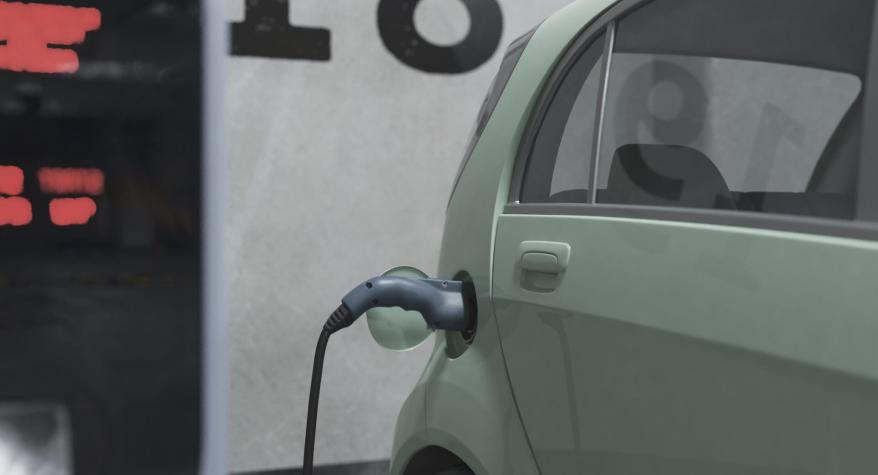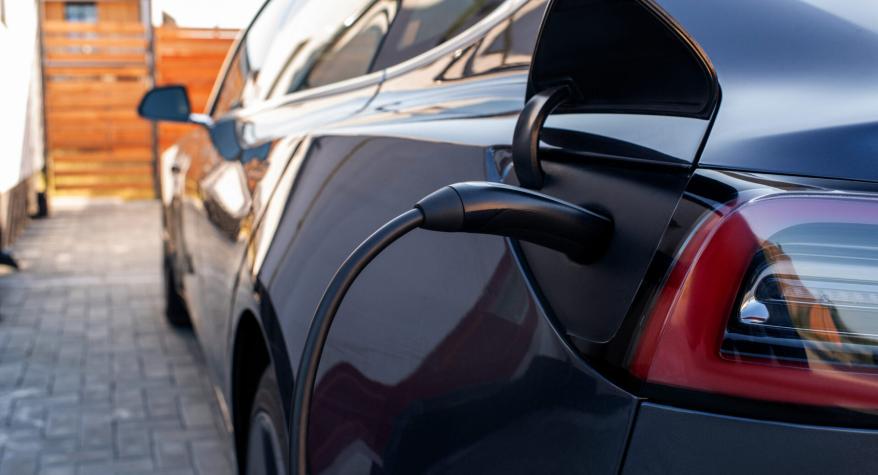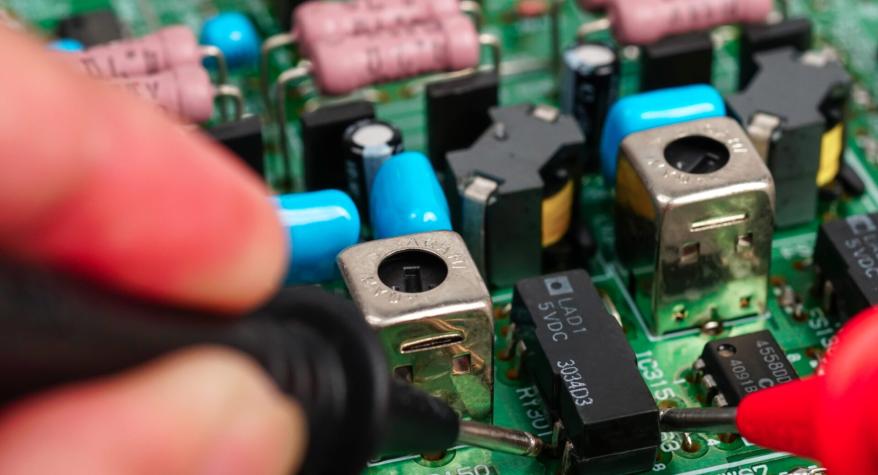Here at PBA Electrical &Renewables Ltd we aren’t just about showcasing our electrical work in Kent, our team are also highly experienced in the science behind electrics.
Understanding the Difference Between Watts and Amps - PBA Electrical & Renewables, Kent
Being NICEIC contractors we have yearly reviews, and our team always have their heads in the books!
In this blog, I will talk about the 2 most common terms in the industry – watts and amps. Hopefully this blog will educate and help you with a DIY project or when it comes to appliances in the home.
While they may sound similar, watts and amps represent different aspects of electrical power. Understanding the distinction between them is crucial for anyone dealing with electrical appliances, home wiring, or even DIY projects. Let’s break down what each term means, how they relate to one another, and why it matters, especially for those of us in the UK.
What Are Watts?
Watts (W) are the unit of measurement for power. Power is the rate at which electrical energy is consumed or generated. In simple terms, watts tell you how much energy an appliance uses to operate. For instance, a light bulb rated at 60 watts uses 60 joules of energy per second.
In the UK, most household appliances display their power rating in watts. This helps consumers understand how much energy the appliance will use over time and, consequently, its impact on their energy bills.
Common Examples:
- A typical LED light bulb: 8-12 watts
- A kettle: 2000-3000 watts
- A toaster: 800-1500 watts
What Are Amps?
Amperes (amps, A) measure electrical current. Current refers to the flow of electric charge in a circuit. Think of amps as the volume of electricity flowing through a wire; the higher the amperage, the more electricity is flowing.
In the UK, electrical circuits are designed with a specific amp rating, which indicates how much current the circuit can handle safely. Exceeding this limit can lead to overheating and potential hazards, such as electrical fires.
Common Examples:
- Standard UK plug sockets are typically rated for 13 amps.
- Circuit breakers in homes are often rated at 16, 20, or 32 amps, depending on the circuit’s purpose.
How Are Watts and Amps Related?
The relationship between watts and amps is defined by the formula:
Power (W)=Current (A)×Voltage (V)\text{Power (W)} = \text{Current (A)} \times \text{Voltage (V)}Power (W)=Current (A)×Voltage (V)
In the UK, the standard voltage for household outlets is 230 volts. This means you can calculate the current (in amps) required for an appliance if you know its power consumption (in watts).
Example Calculation:
If you have a 2000-watt kettle, the current it draws can be calculated as follows:
Current (A)=Power (W)Voltage (V)=2000 W230 V≈8.7 A\text{Current (A)} = \frac{\text{Power (W)}}{\text{Voltage (V)}} = \frac{2000\, \text{W}}{230\, \text{V}} \approx 8.7\, \text{A}Current (A)=Voltage (V)Power (W)=230V2000W≈8.7A
This indicates that the kettle uses approximately 8.7 amps of current when operating.
Why Is This Distinction Important?
Safety: Knowing the amperage limits of your circuits helps prevent overloading. If an appliance draws more amps than your circuit can handle, it can trip the breaker or, worse, cause a fire.
Efficiency: Understanding how watts and amps relate can help you choose energy-efficient appliances. Lower wattage means less energy consumption, which can save you money on your bills.
Planning Electrical Installations: Whether you’re installing new lighting or upgrading circuits, knowing the difference between watts and amps allows for better planning and safer installations.
Conclusion
Understanding the difference between watts and amps is essential for anyone in the UK dealing with electricity. While watts measure how much energy an appliance uses, amps indicate the flow of that energy. By grasping these concepts, you can make informed decisions about your electrical needs, ensuring safety and efficiency in your home.
Remember, whether you’re flipping a switch or installing new appliances, knowledge is your best tool for navigating the world of electricity!
If you need an electrician in Kent, give our team a call today.



















